Travel Tuesday | Big Sky, MT
Admin
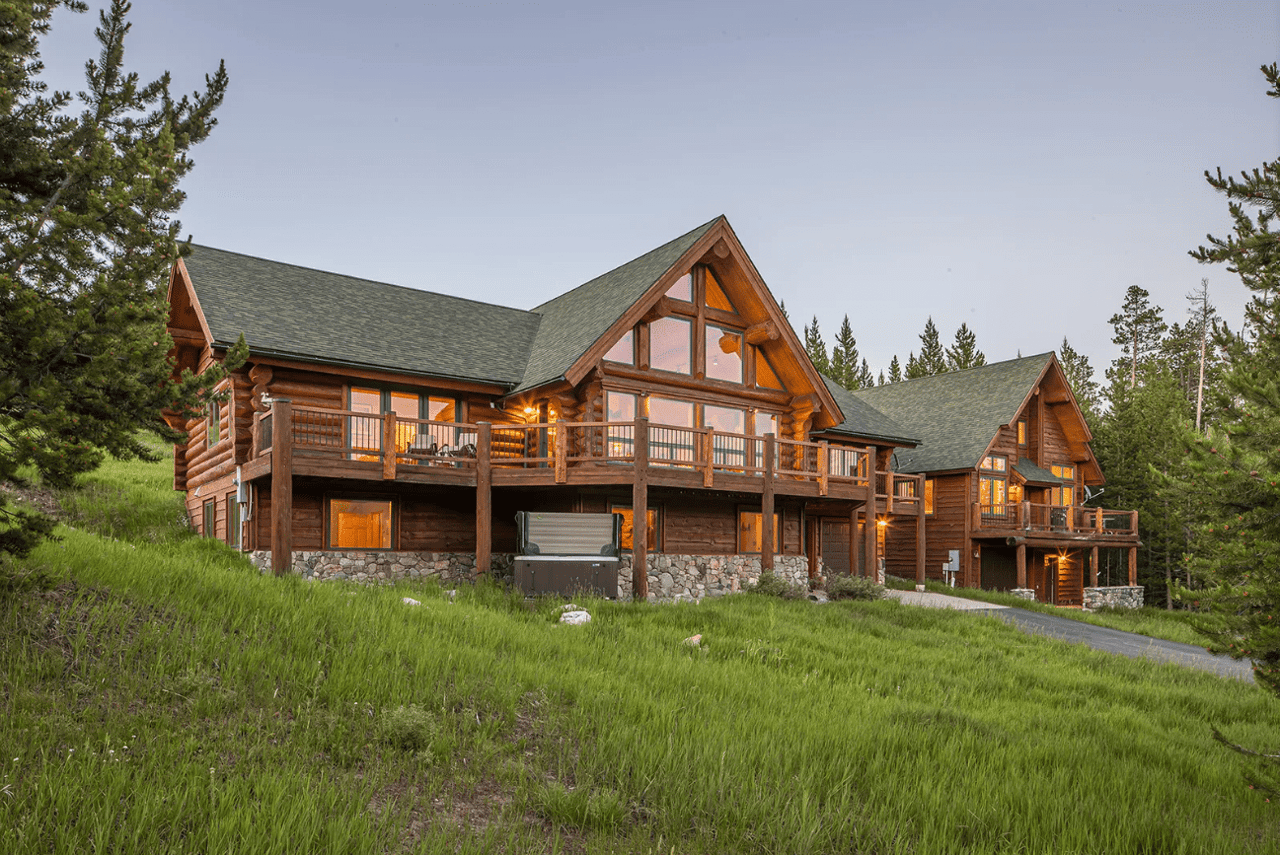
Admin

Travel Tuesday! It is impossible to get cabin fever at this amazing Single Family home in Big Sky, Montana. Just see for yourself!
37 Swift Bear Road | Big Sky, MT
This quintessential mountain home and guest house offer gorgeous views, privacy and ski access to Big Sky Resort. In the Main House, enjoy Lone Mountain and Andesite views. The Great room has vaulted ceilings, a floor to ceiling rock fireplace that is beautifully crafted of local granite, a seating area, dining area and open kitchen. The spacious Master suite also boasts Lone Mountain views from the bed, office area and the deck. It has a large walk-in closet and a full bath with soaking tub. 2 additional bedrooms share a full bath. The laundry room is adjacent to the open kitchen. The walk out lower level is all about entertainment. Exercise, have a party at the full sized bar with kitchen or watch your favorite movie in the theater. The adjacent Guest house has the same great views as the Main house. With an oversized 2 car garage, laundry, full kitchen in the great room, 2 bedrooms and a loft bedroom. Great for guests or as a rental. House can be sold mostly furnished.
Taken from Sotheby's Realty
For more information, contact Edge Realty Preferred Montana Agent, Tim Cyr.
More on Montana
Native Americans were the first inhabitants of the area to become known as the state of Montana. Tribes include the Crows in the south central region, the Cheyenne in the southeastern part of the state, the Blackfeet, Assiniboine, and Gros Ventres in the central and north-central areas, and the Kootenai and Salish in the western sector. The Pend d'Oreille were found around Flathead Lake, and the Kalispel occupied the western mountains.
The Lewis and Clark Expedition of 1804-1806 was the first group of white explorers to cross Montana. Hard on the heels of the expedition arrived the fur trappers and traders. Trappers brought alcohol, disease, and a new economic system to native populations. The fur trade was mostly over by the 1840s due to dwindling supplies of beaver and the loss of popularity of the beaver hat.
Roman Catholic missionaries followed the trappers into Montana. They established Saint Mary's Mission in the Bitterroot Valley, thought to be the first permanent settlement in Montana. They also promoted agriculture and built a sawmill.
The discovery of gold brought many prospectors into the area in the 1860s, and Montana became a territory in 1864. The rapid influx of people led to boomtowns that grew rapidly and declined just as quickly when the gold ran out.
As more white people came into the area, Indians lost access to their traditional hunting grounds, and conflicts grew. The Sioux and Cheyenne were victorious in 1876 at the Battle of the Little Bighorn, and Chief Joseph and the Nez Perce won a battle in the Big Hole Basin (1877). Yet, in the end, the Indians could not hold out against the strength of the United States Army.
Montana's post-war society has evolved significantly during the "modern" era. Population shifts have loaded most of Montana's people in the western one-third of the state and "emptied out" eastern Montana's vast spaces, and a drop in population cost Montana a U.S. House seat in the 1990s. The state's population only surpassed one million in 2012.
While some national observers consider Montana a part of America's "cultural outback," many Montanans pride themselves on their strong spirit of community, their close contact with the environment, and their fundamental "sense of place." The debate continues.
Taken from the Montana Official State Website
Edge Realty was founded in 1990 in the waterfront community of Edgewood, Rhode Island, inspired by the richness of the architecture and the quintessential Ocean State coastline. With a background in the arts, we took our creativity and strategic thinking into Real Estate. Since then, Edge Realty opened its South County and Newport locations, and has continued to expand; now operating throughout Rhode Island, Massachusetts and Connecticut, with referral partners worldwide. With three strong decades of sales in all aspects of real estate, from first time buyers to luxury homes, Edge Realty has sold thousands of properties- including one-of-a-kind architect designed homes, historic time pieces, and whimsical beach cottages. We bring the Art of Real Estate to you – with a Creative Edge.
Stay up to date on the latest real estate trends.
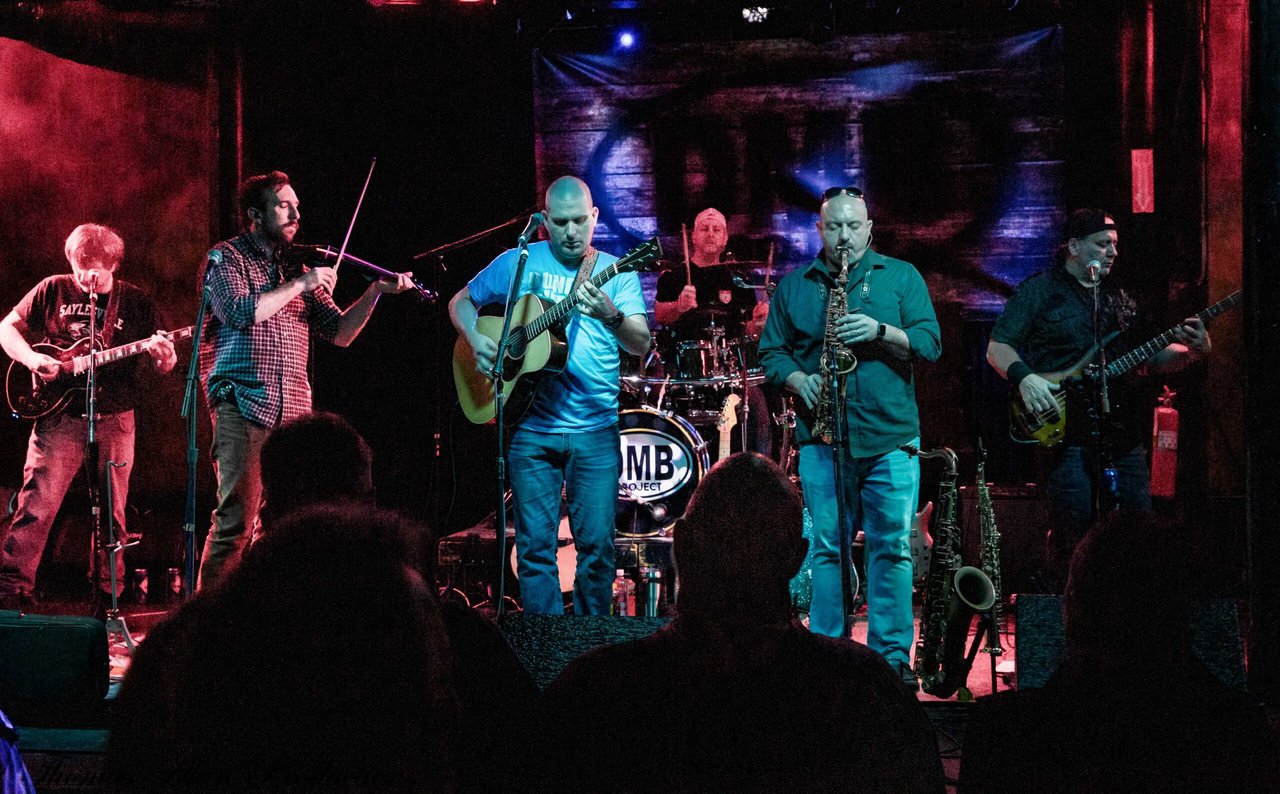
Creative Edge
December 18, 2025

In The News
December 18, 2025
Why a surge in serious buyers is creating new opportunities for Rhode Island home sellers
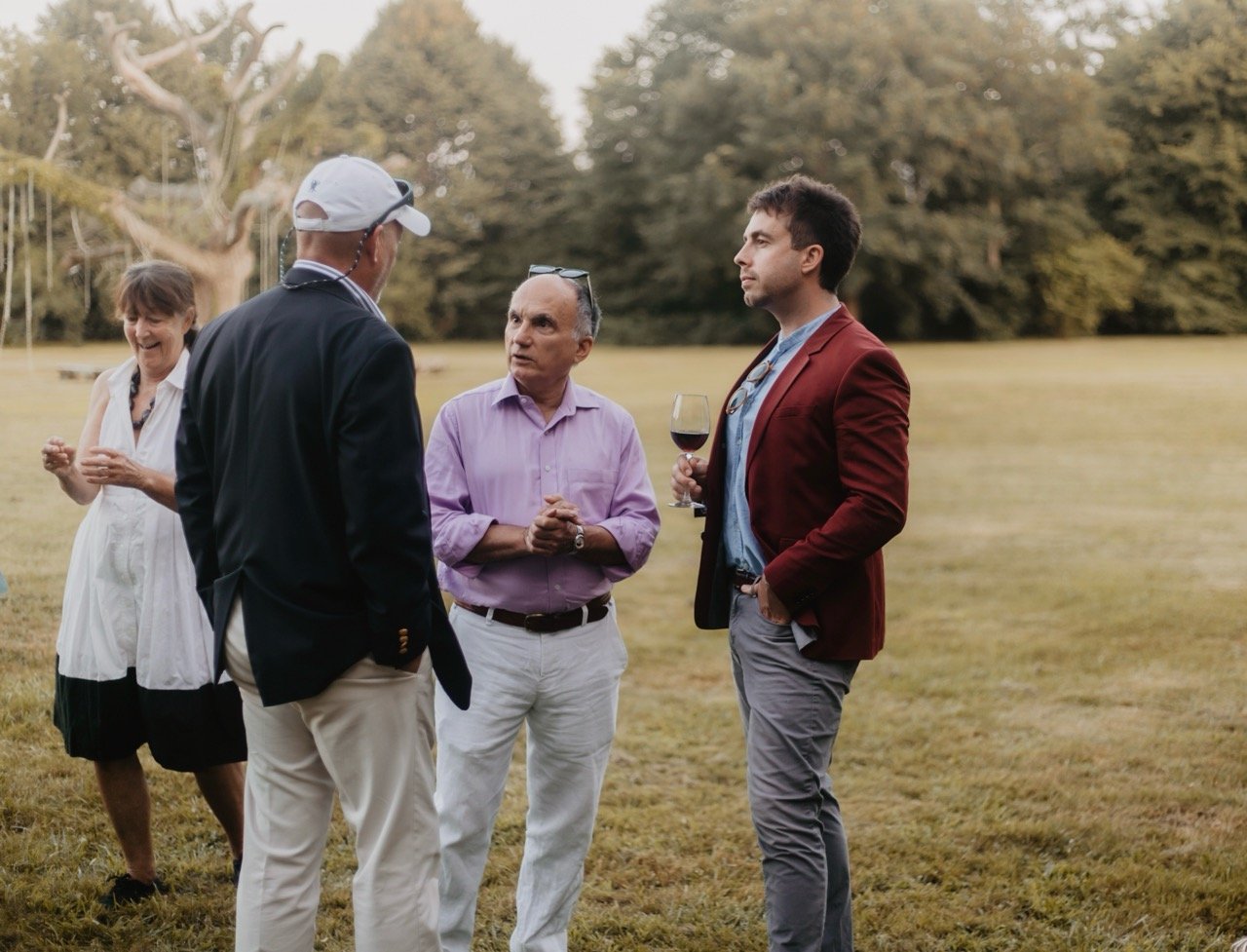
December 12, 2025

Creative Edge
December 12, 2025
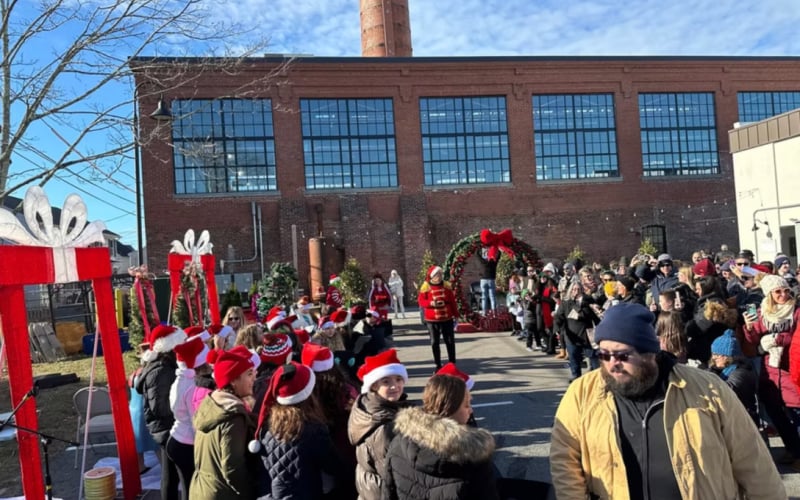
Creative Edge
December 4, 2025

In The News
December 4, 2025

Creative Edge
November 28, 2025
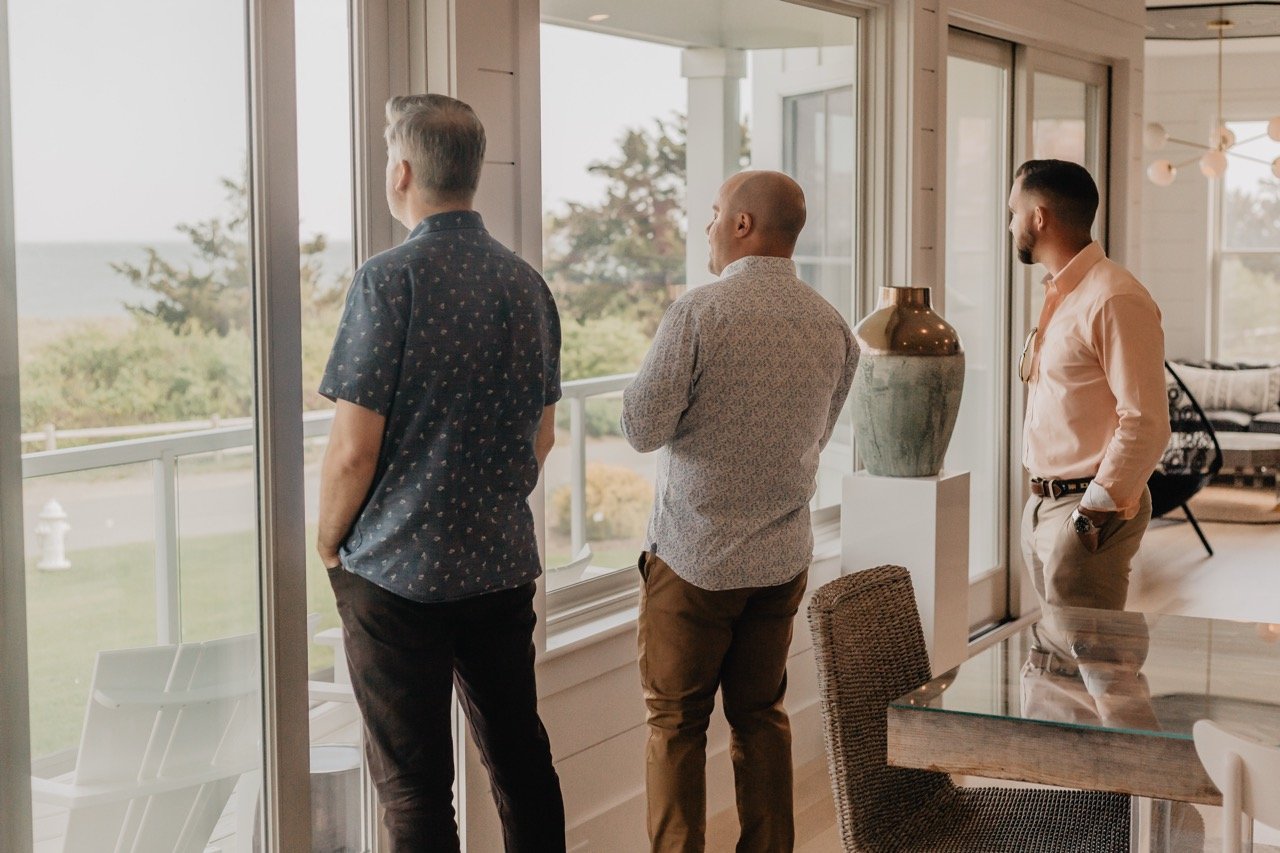
In The News
November 28, 2025

November 20, 2025